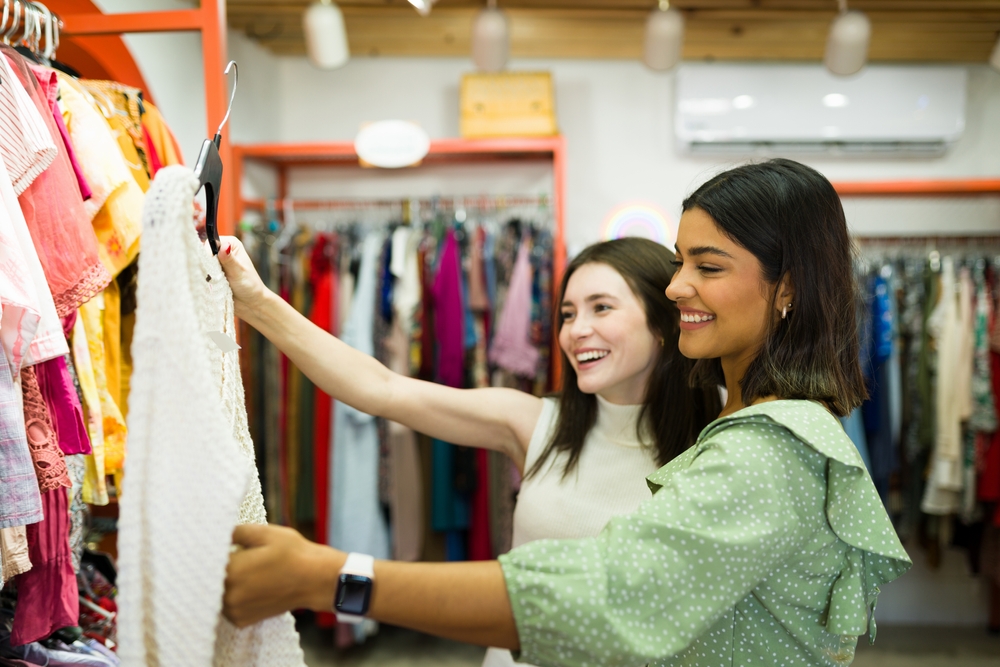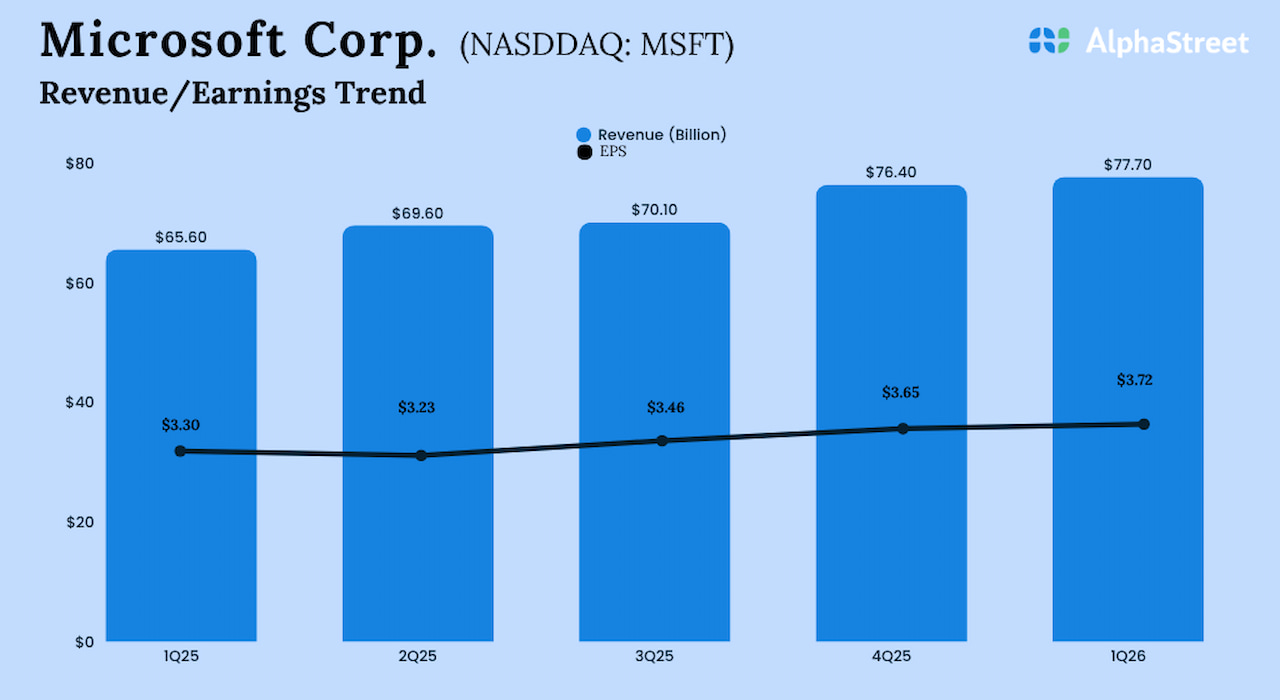Gen Z isn’t just shopping differently—they’re redefining retail. According to recent surveys, nearly half of adults under 30 now buy secondhand at least once a month, driven by record inflation and shifting values around sustainability. What began as a budget strategy has turned into a cultural movement. From vintage sneakers to pre-loved designer bags, thrifting has evolved into a lifestyle that blends economics with ethics. Here’s why the thrifting boom shows no signs of slowing—and what it reveals about the next generation of shoppers.
Inflation Made “New” Lose Its Appeal
With prices rising faster than wages, Gen Z consumers quickly realized that “new” often costs too much for too little value. Secondhand shopping delivers name-brand quality at a fraction of the cost, without sacrificing style. It’s not just about being frugal—it’s about being strategic. Every dollar saved on thrifted clothing goes toward rent, travel, or savings goals. Inflation may have sparked the trend, but practicality keeps it alive.
Sustainability Became the New Status Symbol
For Gen Z, environmental consciousness isn’t a buzzword—it’s a badge of honor. Buying secondhand extends the life cycle of clothes, cutting down on landfill waste and carbon emissions. Unlike fast fashion, thrifting aligns with values like reuse and conscious consumption. It’s now socially “cool” to say you thrifted something, even among influencers. The new flex isn’t having something exclusive—it’s finding something sustainable.
Technology Made Thrifting Seamless
Apps like Depop, Poshmark, and ThredUp turned secondhand shopping into a digital-first experience. What used to be a weekend hunt through racks is now a curated, algorithm-driven scroll. AI tools help match buyers with exact styles, sizes, and brands they love. It’s thrifting without the hassle—and the convenience has helped Gen Z turn casual browsing into consistent buying.
The “Thrift Flip” Economy Is Booming
Gen Z’s creativity has given rise to the thrift-flip phenomenon—buying secondhand clothes and customizing or reselling them for profit. TikTok and Instagram Reels are filled with DIY upcycling videos that transform old clothes into new fashion statements. This side hustle mindset has made thrifting both an art form and an income stream. For many young adults, it’s less about shopping and more about entrepreneurship.
Authenticity Wins Over Mass Marketing
Thrifting satisfies Gen Z’s craving for individuality. Instead of dressing like everyone else in mass-produced fast-fashion trends, thrift stores offer one-of-a-kind finds that reflect personal taste. This uniqueness stands out on social media, where originality fuels engagement. As traditional advertising loses credibility, thrifted authenticity feels both real and aspirational. It’s rebellion wrapped in style.
Thrift Culture Has Gone Mainstream
What used to be considered a niche or low-budget habit has gone fully mainstream. Thrift stores now partner with major brands, while influencers openly promote resale platforms over luxury retailers. Even celebrities are auctioning their wardrobes online. The stigma around secondhand shopping has flipped—now it’s proof you’re smart, not broke. When mainstream culture celebrates frugality, you know it’s here to stay.
Economic Uncertainty Keeps the Trend Growing
With student loans resuming and housing costs rising, young adults continue to seek ways to stretch income creatively. Thrifting offers guilt-free shopping that doesn’t break the budget. Many now view it as part of a larger “financial wellness” lifestyle—balancing enjoyment with responsibility. As long as economic pressure persists, thrifting will remain the ultimate inflation hack.
Why Thrifting Became Gen Z’s Smartest Financial Habit
The thrifting boom isn’t just about saving money—it’s about shifting mindsets. Gen Z’s approach to consumption blends frugality, creativity, and sustainability in a way older generations never did. They’re proving that shopping secondhand isn’t settling—it’s strategizing. And as technology and culture evolve, their thrift-driven economy might just reshape retail forever.
Do you thrift regularly—or have you started because of rising prices? What’s been your best find? Share below!
You May Also Like…

Teri Monroe started her career in communications working for local government and nonprofits. Today, she is a freelance finance and lifestyle writer and small business owner. In her spare time, she loves golfing with her husband, taking her dog Milo on long walks, and playing pickleball with friends.




























